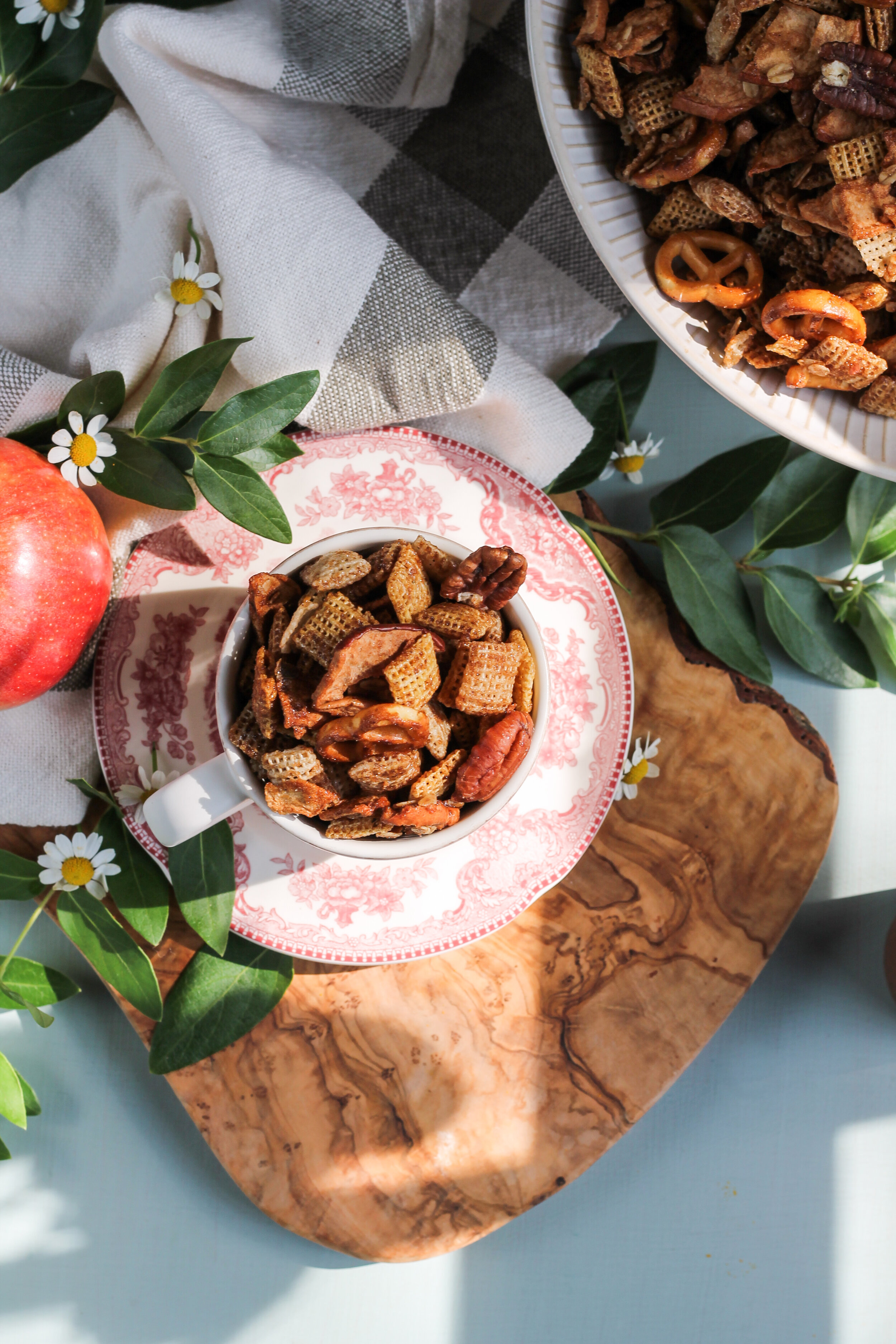Trying new things requires a certain pluckiness. It’s that first step into unknown territory that sends chills up my spine and down to the tips of my shaking fingers.
Julia Child told me to eat an artichoke - I obeyed. If Julia Child tells me to eat an artichoke, then you best believe I do it. She told me to be brave and hold my knife with confidence as I approached the formidable, verdant specimen. She told me to make hollandaise. She told me all this in her charming, fluent vernacular.
Maybe I was a little scared to prepare and eat my first artichoke. I have, of course, experienced artichokes strewn about thin crust pizzas and blanketed in mozzarella. But I had never prepared the fresh version, myself.
The first cut was daunting, the second cut a bit easier, and by the third cut I was singing my song of confidence. Which, as it happens, is a ridiculous medley of Frank Sinatra and Lana del Rey...I don’t even know why.
Artichokes are small packages of stratified goodness. Each leaf is pulled away and submerged in rich, lemony hollandaise. The meat on the leaves is minimal but delicious, though in my opinion the heart is the reason I’ve come. After all the leaves have been enjoyed the inner choke reveals its true treasure.
The artichoke heart is rich and soft, and oh-so-delicious.
In the end the artichoke proved not only approachable but undeniably succulent.
“The only real stumbling block is fear of failure.” - Julia Child
Thank you Julia.
Sincerely,
Pedantic Foodie
Hollandaise Sauce
recipe adapted from Mastering The Art of French Cooking
- 3 egg yolks
- 1 tablespoon water
- 1 tablespoon fresh lemon juice
- 6 tablespoons butter
- salt and pepper as desired
In a small saucepan whisk to combine egg yolks, water, and lemon juice. Place the pan over low heat, continuing to whisk.
When the eggs begin to look frothy and thick add the butter one tablespoon at a time, whisking constantly until each addition is fully incorporated.
Once all the butter has been incorporated remove from heat and season to taste.
Serve warm alongside artichokes.
Steamed Artichokes
recipe adapted from Tyler Florence / serves 4
- 1 quart water
- 2 tablespoons fresh lemon juice + extra for water bath
- 1 teaspoon crushed garlic
- 1 teaspoon kosher salt
- 4 artichokes
In a large pot combine water, 2 tablespoons lemon juice, kosher salt, and garlic. Bring to a simmer while preparing the artichokes.
Fill a large bowl with water and add 2 tablespoons lemon juice.
Rinse your artichokes thoroughly under cold water to remove any dirt tucked in the petals. Cut the stems off close to the base. Remove and discard the first 1-2 layers of petals that are tough.
Cut the top inch off of each choke and place the artichokes into a bowl of acidulated water. Place a weight, such as a heavy dinner plate, over the artichokes to keep them submerged and to prevent browning.
Once your water has reached a simmer place the artichokes in the pot, bottoms facing up. Cover and simmer slowly for 25-30 minutes. Test doneness but inserting a butter knife into the base, if there is no resistance they are ready.
Remove from the liquid and allow to cool slightly before serving. Enjoy!










